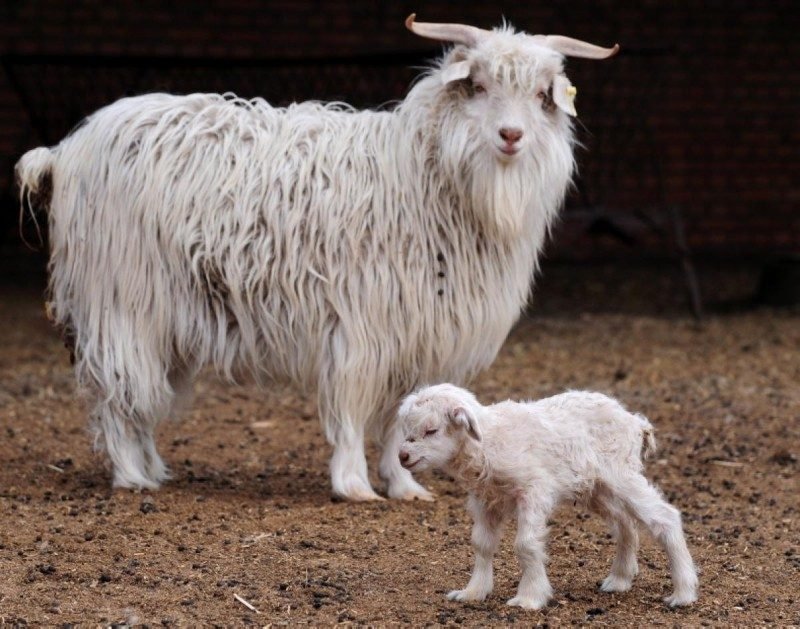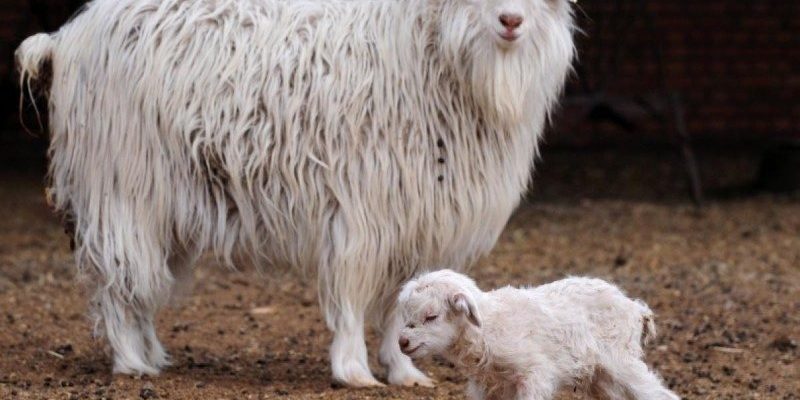
Breeding cashmere goats isn’t just about getting more goats; it’s about nurturing life and understanding the unique needs of these animals. Just like how a gardener tends to their plants, a goat breeder must provide the right environment and care for the does (female goats) to ensure a healthy pregnancy and a successful kidding experience. So, whether you’re a seasoned goat enthusiast or a curious newbie, strap in for a journey through the fascinating world of cashmere goat breeding.
Understanding Cashmere Goats: The Basics
Before we dive deeper into breeding, let’s get to know cashmere goats a bit better. Cashmere goats are known for their fine, soft wool, which is highly prized in the textile industry. They come in various breeds, but the *Cashmere* breed is most recognized for its quality cashmere fiber. These goats thrive in colder climates, which is why they have that luxurious undercoat that keeps them warm.
Like any other livestock, cashmere goats require care, attention, and a bit of knowledge about their biology. When you breed them, you’re not just focused on the fiber; you’re also concerned about their health, comfort, and well-being throughout the gestation and kidding phases. You might be wondering why anyone would want to breed goats in the first place. Well, apart from the potential financial benefits through fiber production, they can also be delightful companions.
Gestation Period: What to Expect
So, let’s talk about the gestation period. The gestation for cashmere goats typically lasts about 150 days, which is roughly five months. During this time, it’s crucial to monitor the health of the doe closely. Just like humans, goats require extra care when they’re expecting!
Here’s the thing: during gestation, a mother goat’s nutritional needs change. She’ll need a balanced diet that includes hay, grains, and minerals to support the growing kids. Providing high-quality feed not only helps the doe stay healthy but also ensures that the kids have the best start in life.
Here are some signs that a doe is nearing the end of her gestation:
- Her belly will get noticeably bigger.
- Her udder will start to fill out, especially a week or two before kidding.
- She may become more restless and look for a quiet space.
Keeping her comfortable and stress-free during this time will go a long way. After all, a happy goat is a productive goat!
Kidding: The Big Day
Now comes the exciting part: kidding! This is the moment when your hard work pays off, and those little bundles of joy arrive. The actual kidding process can take anywhere from a few minutes to several hours. It often happens early in the morning or late at night, so be prepared for a late-night goat watch!
During this period, you’ll want to have a clean, quiet area set up for the doe to give birth. This space should be away from the rest of the herd to reduce stress. You might also want to have some supplies on hand—like clean towels, iodine for the umbilical cords, and a goat birthing kit.
You might be surprised to learn that most goats can handle the birthing process quite well on their own. However, it’s always good to keep an eye out for signs of complications. If a goat is in distress or if anything seems off, don’t hesitate to reach out to a veterinarian.
Kid Care: Nurturing Your New Arrivals
Once the kids arrive, the fun really begins! Caring for newborn goats requires diligence and love. Within a few hours after birth, kids should stand up and start nursing. This first milk, known as colostrum, is crucial for their health as it provides essential antibodies to keep them safe from diseases.
During the first few weeks, keeping the kids in a safe, warm environment is key. They should be monitored closely. Here are some important care tips:
- Make sure they nurse frequently during the first few days.
- Keep their living area clean and dry to prevent infections.
- Introduce them gradually to the rest of the herd when they’re strong enough.
You’ll also want to start thinking about their nutrition as they grow. Kids will transition to solid food around 2–3 weeks of age, so providing a good quality starter feed is essential.
Common Challenges in Breeding Cashmere Goats
Like any endeavor, breeding cashmere goats can come with its challenges. One common issue is ensuring that the does are healthy before breeding. You might face problems like poor nutrition, diseases, or even hormonal imbalances that can affect their ability to conceive.
Another challenge is managing the kids after they are born. Some kids might have trouble nursing, while others may require more guidance in socializing with the herd. The key here is patience and observation.
If you find that a kid isn’t thriving, it’s always best to consult with a veterinarian. Remember, asking for help is part of being a responsible goat owner.
Breeding cashmere goats can be an incredibly rewarding experience when approached with care and knowledge. From the excitement of gestation to the joy of watching your kids grow, there’s a unique satisfaction in nurturing these animals.
While there might be challenges along the way, the joy of seeing healthy kids running and playing is worth the effort. Just think of it as a journey, one that brings both lessons and laughter as you work to create a happy, thriving herd. So, whether you’re in it for the fibers or the friendships, there’s plenty to love about breeding cashmere goats!

